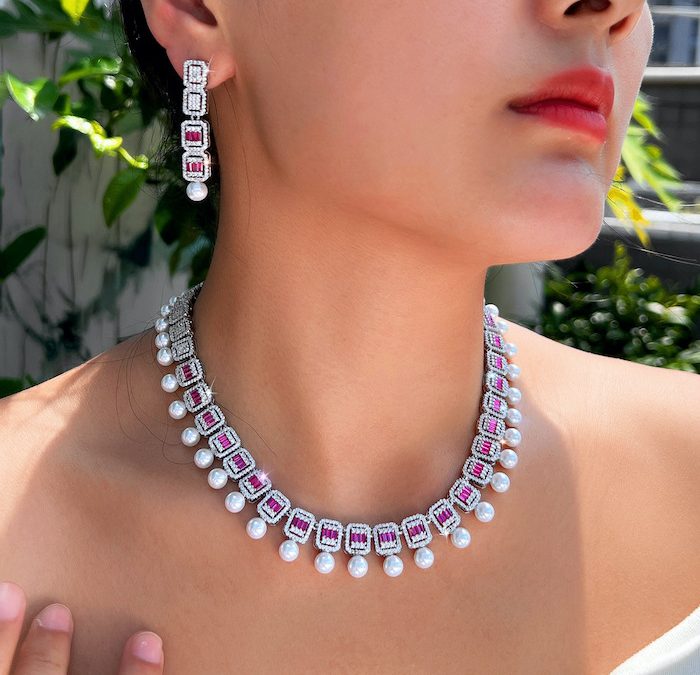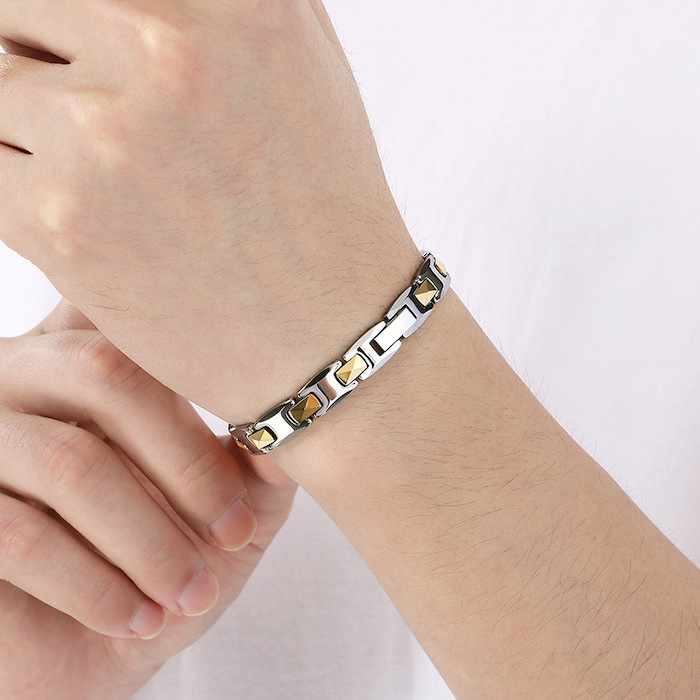When you do business with Chinese, it is not enough to work together with only price and quality, but also GuanXi, which will be very helpful when you ask for quicker delivery, better price and excellent quality at the same time…if you have very good Guanxi with them, your fashion business will be much more fruitful from it.
The global luxury jewelry market finds its beating heart in China—a nation where millennia-old craftsmanship converges with cutting-edge innovation. As Western brands seek partnerships with Chinese manufacturers, they face a complex landscape where cultural understanding and strategic alignment determine success. Building truly symbiotic relationships requires moving beyond transactional thinking to forge bonds rooted in mutual growth and shared values. This comprehensive guide examines the multifaceted approach necessary to cultivate enduring, profitable collaborations with China’s elite jewelry houses.
1 Cultural Foundations: The Bedrock of Trust
Chinese business culture operates on principles fundamentally distinct from Western models, demanding nuanced engagement strategies: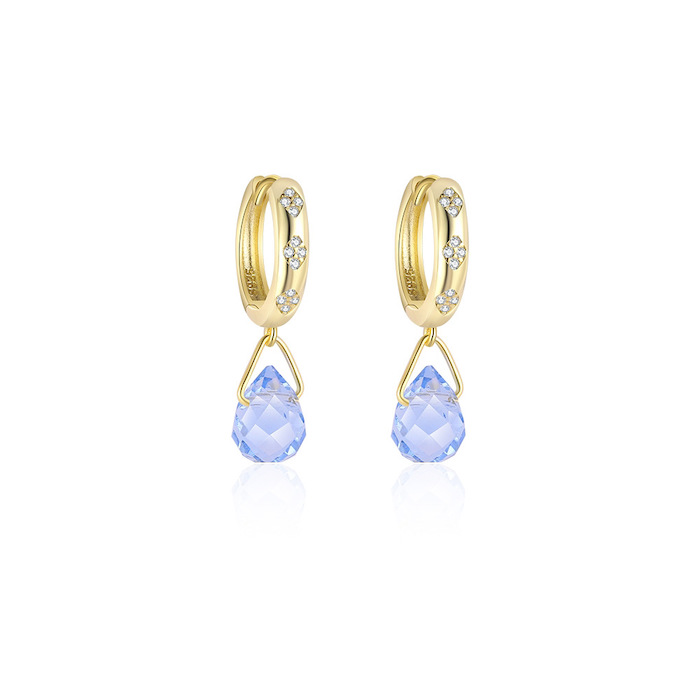
-
Guānxi (关系) Beyond Networking: In China’s luxury sector, relationships transcend professional courtesy—they represent moral contracts. One jewelry executive notes, “Our partnerships begin with tea ceremonies, where we discuss family before factory.” This intentional relationship-building—often mislabeled as inefficiency by Westerners—establishes trust essential for navigating complex production challenges. Unlike transactional Western approaches, Chinese manufacturers prioritize partners demonstrating long-term commitment through repeated interactions and social engagements.
-
Hierarchy and Decision-Making: Major manufacturers like Cuihua Jewelry maintain reverence for master-apprentice traditions, where senior artisans hold unparalleled authority on craftsmanship. When negotiating technical specifications, Western partners must recognize that decisions often require approval from veteran craftsmen whose expertise commands deep respect—not just corporate executives. This dual-layered approval process necessitates patience and cultural sensitivity.
-
Face (面子) Preservation: Public criticism remains culturally catastrophic. As one industry veteran observes: “Questioning a master goldsmith’s technique before colleagues damages irreplaceable social capital.” Successful partners frame feedback through collaborative improvement frameworks—”How might we enhance this clasp’s durability together?”—preserving dignity while achieving technical objectives.
Table: Contrasting Negotiation Approaches
| Western Norm | Chinese Expectation | Adaptation Strategy |
|---|---|---|
| Direct communication | Indirect, nuanced dialogue | Employ “maybe” instead of “no”; read non-verbal cues |
| Quick deal closure | Multi-phase relationship building | Budget 3-5x more time for decisions |
| Contract as final arbiter | Contract as relationship starting point | View agreements as living documents requiring ongoing nurturing |
2 Strategic Alignment: Creating Shared Value Visions
World-class partnerships emerge when both parties co-create strategic roadmaps with measurable mutual benefits:
-
Policy Synergy: Savvy international brands leverage China’s regional development incentives. Hainan’s Free Trade Port policies enabled JX Luxventure to secure $15 million cross-border e-commerce deals by eliminating import duties—savings reinvested into collaborative R&D. Similarly, manufacturers in Guangdong’s jewelry clusters offer tax advantages when partners commit to minimum order volumes that stabilize production lines .
-
Co-Innovation Frameworks: Leading houses like Cuihua Jewelry now institutionalize collaborative creation through formal programs. Their “非遗黄金专项基金” (Intangible Cultural Heritage Gold Fund) invites international designers to apprentice with master craftsmen in techniques like filigree inlay and chasing. Partners gain exclusive access to heritage techniques while manufacturers acquire fresh design perspectives validated in global markets. This bidirectional flow of expertise generates proprietary products commanding premium margins.
-
Brand-Craftsmanship Fusion: Shanghai-based Loulijia exemplifies spiritual alignment between Eastern philosophy and Western aesthetics. By co-developing collections that embed Five Elements theory within contemporary silhouettes, international partners access China’s $2.1 billion metaphysical luxury market while manufacturers enhance technical portfolios with culturally resonant storytelling—a potent value multiplier 10.
3 Operational Excellence: Building Resilient Systems
Sustainable partnerships require meticulously engineered operational frameworks that withstand market volatility:
-
Transparency Protocols: Luxury jewelry demands obsessive material traceability. Elite manufacturers now implement blockchain-enabled sourcing, with partnerships like Oupai International’s cloud-based platform providing real-time gemstone provenance tracking. International partners should insist on NGTC-certified materials and demand third-party assay reports before production commences—a due diligence step that prevents costly ethical crises .
-
Redundancy Engineering: Honeywell’s “一品两供” (one product, two suppliers) strategy offers a blueprint for jewelry partnerships. By qualifying multiple workshops for critical components—one for high-complexity enamel work, another for precision stone setting—brands mitigate disruption risks. This approach requires deeper initial investment in supplier vetting but pays exponential dividends during regional lockdowns or capacity constraints 3.
-
Digital Integration: Forward-thinking manufacturers now embrace S2B (Supplier-to-Business) platforms like Oupai’s UNIBUY ecosystem, which synchronizes inventory across 300+ suppliers. International partners gain real-time production visibility through dedicated dashboards tracking:
● Stage completion metrics (casting, setting, polishing)
● Quality control documentation at each milestone
● Logistics integration with bonded shipping providers
This digital transparency replaces anxious email chains with proactive management .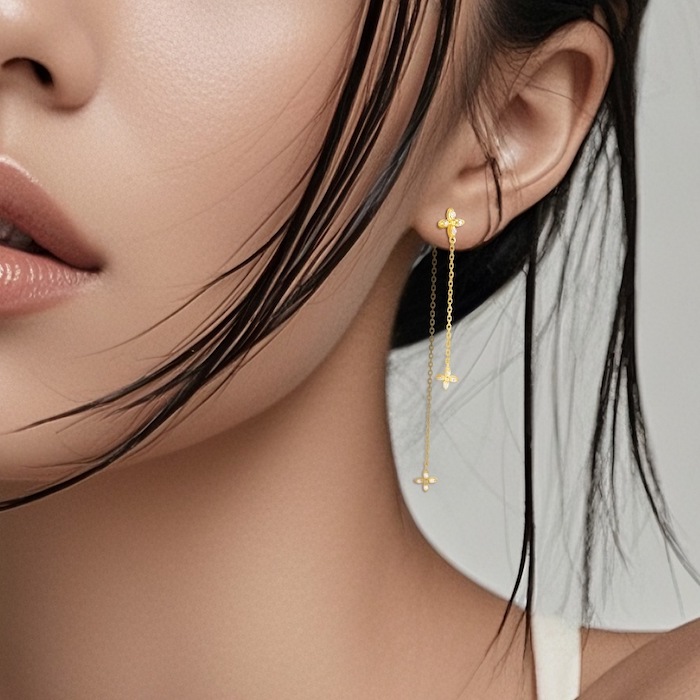
Table: Critical Contractual Safeguards
| Risk Area | Manufacturer Reluctance | Win-Win Solution |
|---|---|---|
| Intellectual Property | “Our workshop never leaks designs” | Joint patent filings with shared ownership rights |
| Minimum Order Quantities | Inflexible volume demands | Tiered pricing: 50% premium for micro-batches <100 units |
| Delivery Penalties | Resistance to liquidated damages | Bonus structures for early/perfect delivery |
4 Innovation & Adaptation: The Growth Accelerators
Stagnant partnerships perish; thriving alliances institutionalize continuous evolution:
-
Digital-Physical Fusion: Oupai International’s “UNIBUY奢侈品特卖新零售” (new luxury retail) model exemplifies next-generation collaboration. International brands provide exclusive overstock to fuel Chinese partners’ discount channels while gaining:
● Zero-inventory risk through cloud warehouse sharing
● Data analytics revealing regional preference clusters (e.g., emerald popularity in Southwest China)
● Hybrid commission structures blending wholesale security with retail upside
This symbiotic system turns surplus into strategic advantage . -
Sustainable Luxury Compliance: China’s dual carbon goals (2030 peak/2060 neutrality) now mandate eco-innovation. Progressive manufacturers like Cuihua seek partners providing:
● Traceable recycled gold certification (RJC Chain-of-Custody)
● Solar-powered production technical assistance
● Biodegradable packaging co-development
Environmental investment unlocks preferential financing through China’s green manufacturing subsidies—a shared economic benefit . -
Cultural Storytelling Co-Creation: The most valuable collaborations transcend manufacturing to become cultural conduits. Cuihua’s “萃华珠宝·皇室工艺全球巡展” (Imperial Craftsmanship Global Tour) demonstrates how international partners amplify reach. By co-curating exhibitions featuring Forbidden City-inspired collections, Western brands gain heritage credibility while Chinese artisans receive global recognition—elevating perceived value for all stakeholders 1.
5 Long-Term Collaboration Architecture
Transformational partnerships institutionalize mechanisms for perpetual renewal:
-
Knowledge Symbiosis: Honeywell’s supplier empowerment model provides a template. Their annual technical academies train partners’ engineers in:
● Lean manufacturing principles reducing gold waste by 18-22%
● Six Sigma quality control protocols minimizing returns
● Automated polishing calibration techniques
This upskilling creates self-sustaining improvement ecosystems where partners become innovation sources rather than production executors. -
Intergenerational Craft Continuity: With China’s master goldsmiths nearing retirement, intelligent partners fund apprentice sponsorship programs. One European brand’s $500,000 endowment at Shenzhen Technology University trains artisans in:
● Traditional granulation techniques
● CAD/CAM hybrid production
● Western art nouveau interpretation
The initiative preserves vanishing skills while creating signature aesthetics protected from commoditization 110. -
Equity-Linked Partnerships: Beyond transactional contracts, pioneers establish joint ventures with profit-sharing. Loulijia’s collaborations with French designers utilize equity-swap models where:
● Manufacturers gain 10-15% ownership in international brands
● Designers receive royalties on factory technology patents
This alignment transforms suppliers into invested custodians of partner success.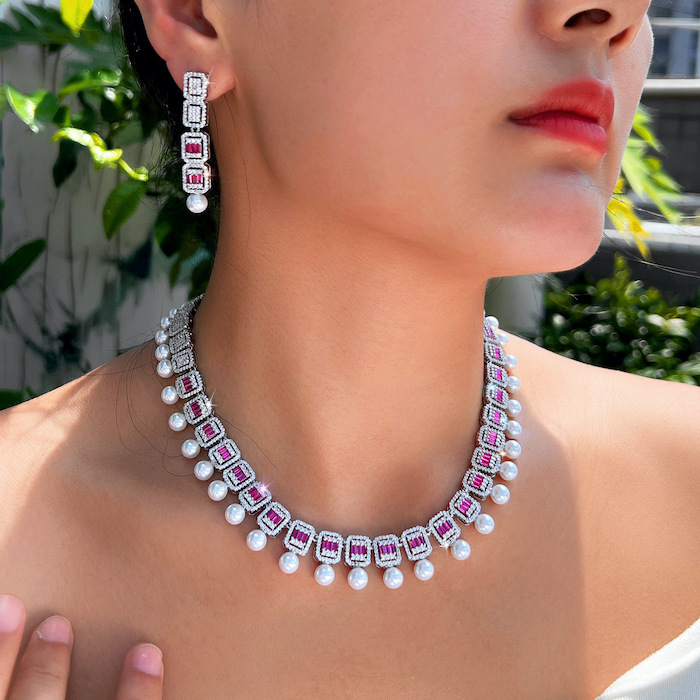
Totally…
In China’s luxury jewelry ecosystem, exploitation-based relationships crumble while empowerment-centered partnerships flourish. The manufacturers driving global innovation—Cuihua with their imperial craftsmanship revival, Loulijia pioneering metaphysical luxury, Oupai redefining omnichannel retail—all share a common trait: they reserve their finest capabilities for partners committed to mutual elevation.
The path forward demands cultural fluency, strategic generosity, and operational rigor. Brands that approach Chinese manufacturers not as cheap hands but as cultural custodians and technical peers will unlock unprecedented creative potential. As Honeywell China President Yu Feng poetically concludes: “Supply chains shouldn’t be towels to wring dry, but ecosystems to weave together” 3. In this intricate tapestry of mutual growth, every thread strengthened—heritage craft preserved, artisan livelihoods elevated, sustainable practices implemented—reinforces the whole.
The future belongs to those who build not transactions, but legacies. For visionary brands, China’s workshops offer more than manufacturing capacity; they provide portals to millennia of artistry waiting for collaborative reinvention. The question isn’t whether you can afford to invest deeply—it’s whether you can afford not to.


